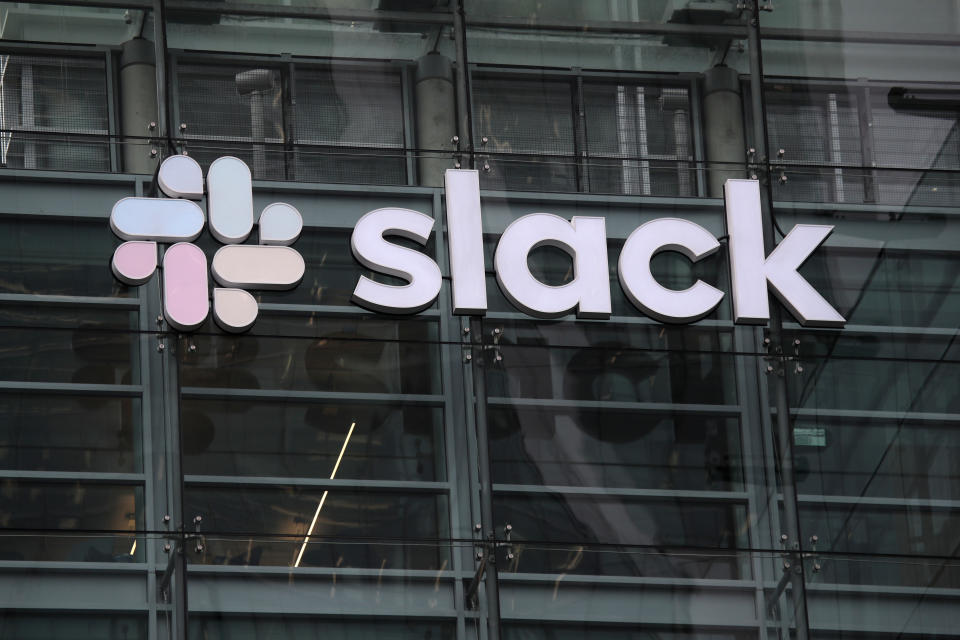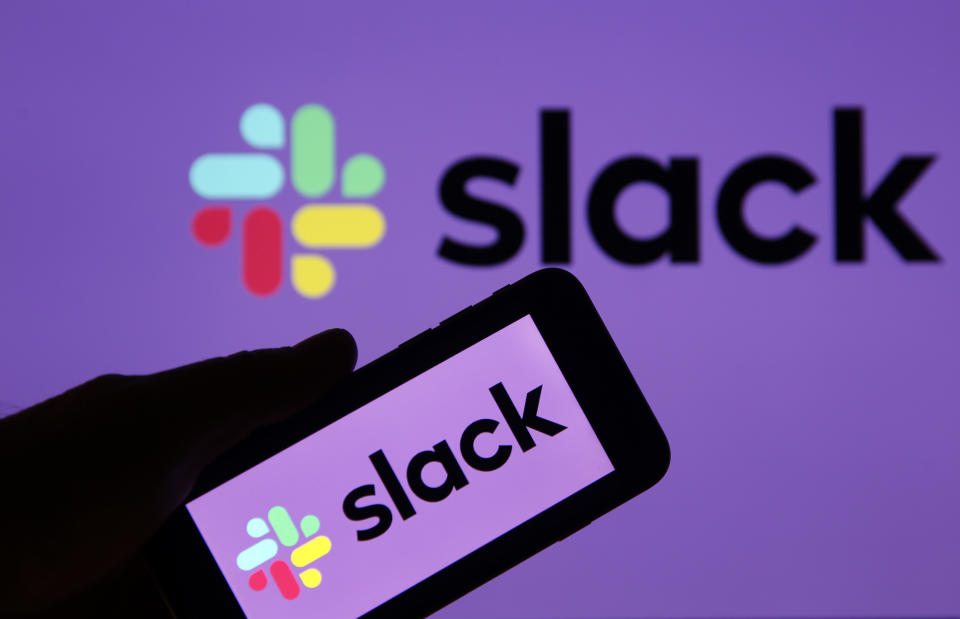Why Slack would choose a potentially risky direct listing over a traditional IPO

Slack plans on becoming the second major company to go public through direct listing of its shares on the New York Stock Exchange, according to a Wall Street Journal report on Monday.
There are a few reasons Slack likely chose the same unconventional path to Wall Street that Spotify took when it went public last year. The San Francisco-based company, which may go public in June or July, currently doesn’t need to raise additional capital and wants to avoid the hype typically associated with a traditional IPO, according to Bloomberg, which cited a person familiar with the matter.
As of last October, Slack had nearly $900 million in cash and estimates it will become cash-flow positive by January 2020, according to The Information, which cited financial documents and a source familiar with the matter.
With a traditional IPO, the company hires underwriters who buy shares at a particular price, which they sell to investors and clients. Meanwhile, current shareholders like employees and pre-IPO investors face a lock-up period, meaning they usually can’t sell their shares for up to 180 days following the IPO date.
Less fanfare
But with a direct listing, there’s less fanfare: no capital raised, no underwriters, and the company doesn’t even select the share price. Instead, the share price is determined by a number of factors, including the matching of “Buy” and “Sell” orders before the stock starts trading and then after the initial trades have cleared.

That’s why a direct listing can be a dicey proposition and why it’s a rarely used method to go public. Best-case scenario: opening day trading goes smoothly. But worst-case? The company’s shares flop. By choosing a less splashy, less predictable Wall Street debut, Slack must be pretty confident there will be ample demand for its stock from the get-go.
“With a direct listing, there’s a real danger if there’s nobody on the ‘Buy’ side of the equation that you’re going to have a failure,” explains Samuel Dibble, a San Francisco-based partner and attorney with Baker Botts. “It really is a different beast from a traditional IPO. It’s sort of a wind-up, let it go, and keep your fingers crossed.”
There are, of course, benefits to a direct listing, particularly for a company’s employees. According to Dibble, a direct listing is one way to keep employees satisfied, letting them cash out whenever they like versus making them wait 90 to 180 days.
A direct listing is also more cost-effective than a traditional IPO. Slack is working with Goldman Sachs Group (GS), Morgan Stanley (MS), and Allen & Co. for its direct listing, but the three banks in this case will serve as advisers, not underwriters, which is similar to the roles they played with Spotify’s direct listing when the streaming service went public in April 2018. For Slack, that means the three banks will take a much smaller cut of the company’s public float: between 1%-1.5%, estimates Dibble, versus the 6%-7% traditionally taken by underwriters for their work on a traditional IPO.

Since launching publicly as a messaging app in 2014, Slack has become one of the most popular workplace communication tools in the U.S. with over 10 million people using it daily in 150-plus countries. Slack reported in January that more than 85,000 companies pay for the company’s software, including Starbucks (SBUX), Target (TGT), Nordstrom (JWN), Oracle (ORCL), and SAP (SAP). Last August, the company raised $427 million in funding at a $7.1 billion valuation.
As Slack goes public, it faces competition from Microsoft (MSFT), which has aggressively rolled out some Slack-esque features to Microsoft Teams over the last 18 months, as well as Facebook Workplace, Google Hangouts, and Cisco Webex Teams.
In choosing the NYSE for its direct listing, Slack joins Uber and Pinterest, which have also selected NYSE for their forthcoming IPO, expected later this year. In addition to Lyft (LYFT), which began trading on the NASDAQ last Friday, at least seven tech companies could go public this year — Slack, Airbnb, Instacart, Palantir, Pinterest, Postmates, and Uber — potentially creating at least 5,000 new millionaires in the San Francisco Bay Area.
Slack declined to comment for this story.
More from JP:

 Yahoo Finance
Yahoo Finance 

